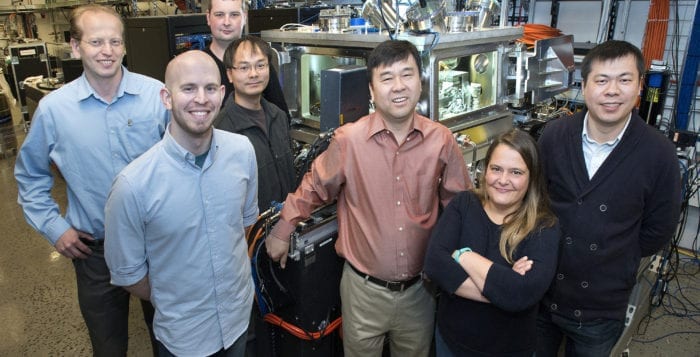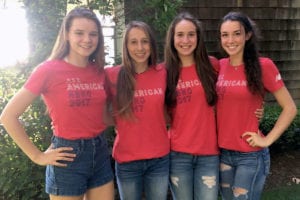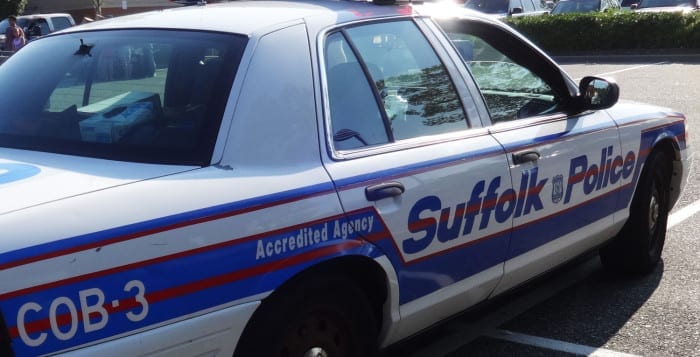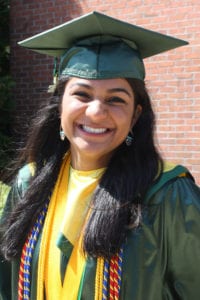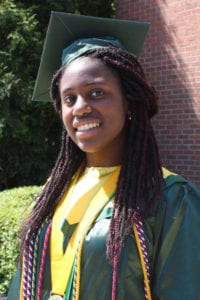By Nancy Burner, ESQ.

For most of us, if a time ever comes when we need assistance, the preferred option would be to remain at home and receive whatever care services we need in our familiar setting surrounded by family. For many, the Community-Based Long-Term Care Program, commonly referred to as Community Medicaid makes that an affordable and viable option.
Often we meet with families who are under the impression that they will not qualify for these services through the Medicaid program due to their income and assets. In most instances, that is not the case.
Although an applicant for Community Medicaid must meet the necessary income and assets levels, often with planning we are able to assist in making an individual eligible with little wait. An individual who is applying for home care Medicaid may have no more than $14,850 in nonretirement liquid assets. Retirement assets will not be counted as a resource so long as the applicant is receiving monthly distributions from the account. An irrevocable prepaid burial fund is also an exempt resource.
The primary residence is an exempt asset during the lifetime of the Medicaid recipient. However, if the applicant owns a home, it is advisable to consider additional estate planning to ensure that the home will be protected once the Medicaid recipient passes away.
With respect to income, an applicant for Medicaid is permitted to keep $825 per month in income plus a $20 disregard. However, if the applicant has income that exceeds that $845 threshold, a pooled income trust can be established to preserve the applicant’s excess income and direct it to a fund that can be used to pay his or her household bills.
It is important to note that there is no “look-back” for Community Medicaid. These pooled trusts are created by not-for-profit agencies and are a terrific way for persons to take advantage of the many services available through Community Medicaid while still preserving their income for use in meeting their monthly expenses.
Functionally, the way that these trusts work is that the applicant sends a check to the fund monthly for the amount that exceeds the allowable limit. Together with the check, the applicant submits household bills equal to the amount sent to the trust fund. The trust deducts a small monthly fee for servicing these payments and then, on behalf of the applicant, pays those household bills.
This process allows the applicant to continue relying on his or her monthly income to pay his or her bills and, at the same time, reduce the countable income amount to the amount permitted under the Medicaid rules. Once an individual is financially approved by the local Department of Social Services for Community Medicaid, he or she must enroll with a Managed Long-Term Care agency. This is the agency that will coordinate care services for the Medicaid recipient.
The MLTC will send a nurse to the Medicaid recipient in order to evaluate and create a care plan. The evaluation will result in an award of hours to the Medicaid recipient for a home health aide to come to the home and assist the recipient with activities of daily of living.
The amount of hours can vary from a few hours per day where the needs are less all the way to live-in care. This award of hours depends solely on the needs of the Medicaid recipient. If the Medicaid recipient is satisfied with the care plan, he or she may choose to enroll with the MLTC. Otherwise, he or she can request another evaluation with a different MLTC. What this means is that for most people, with minimal planning, both the income and asset requirements can be met with a minimal waiting period, allowing families to mitigate the cost of caring for their loved ones at home.
Nancy Burner, Esq. practices elder law and estate planning from her East Setauket office.



